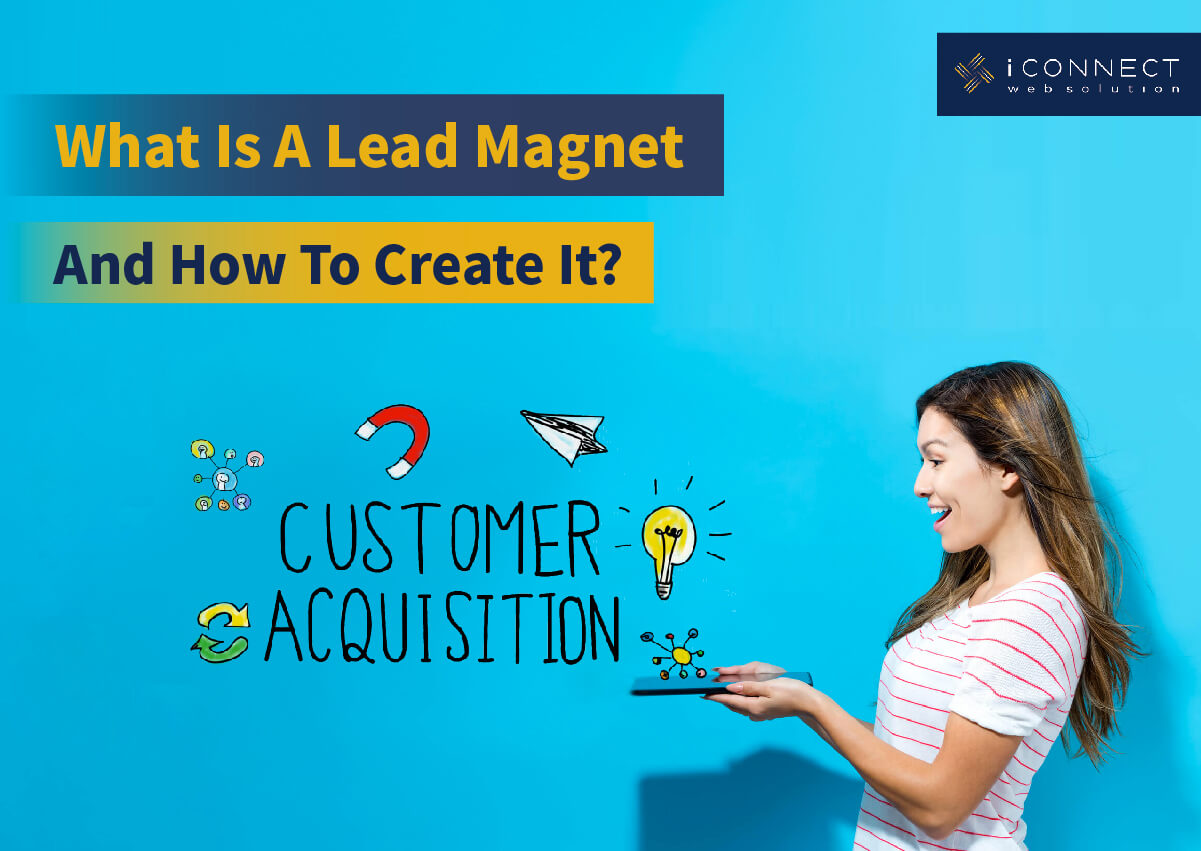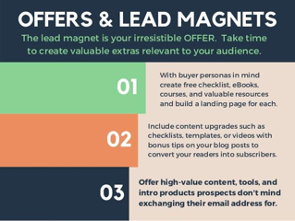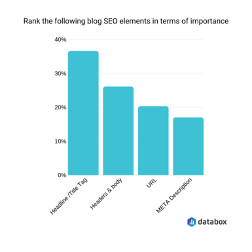

Magnets are an effective marketing tool intended to gain a prospect’s contact information. These magnets take a lot of time and effort to produce. Email lists, podcasts, contests, and video series are all a few examples of magnets.
In this article, you will learn what a lead magnet is and how to create one.
What Is A Lead Magnet?
A lead magnet offers prospective customers an offer in exchange for their personal information such as name, email address, and phone numbers. A lead magnet’s purpose is to acquire online customers, increase lead generation, and build an effective communication channel with them.


Image Source: https://image.slidesharecdn.com/
To get your audience to give up their personal information, you will need a lead magnet that offers them real value.
Here are a few characteristics of a good lead magnet:
● High Value
A good lead magnet always offers a valuable return to the audience. Depending on your market type and audience preferences, you should create a magnet that your audience perceives as highly valuable.
● Instant Gratification
Online shoppers are constantly looking for quick solutions to their problems. A lead magnet that fills that gap and offers an actionable solution to the audience will generate a real response.
● Unique Selling Point
A lead magnet should convince the audience to buy from you instead of your competitors.
Role of Lead Magnet in Turning Visitors into Leads
Before we discuss examples of effective lead magnets, let’s take a look at the conversion path that turns visitors into prospects – and the role of lead magnets in marketing automation:
1.CTA
A common tool of inbound marketing, Call to Action (CTA) are indicators on a website that visitors use to access the resources that you are offering. It pushes the audience to take the desired step like clicking on a link or visiting a new product.
2. Landing Page
The landing page is where your lead magnet gathers the information provided by a visitor. Once visitors click on a CTA, they are brought to a landing page to fill in a form demanding their personal information like email address, contact number, and any other important information.
3. Thank You Page
This is where the visitors download your resource as an exchange for giving away their information.
4. Kickback Email
This is a follow-up email to the lead a short time after the exchange has taken place. This way, the lead magnet captures a prospect and it lets you communicate with them through email marketing and engage your business with them.
Examples of Effective Lead Magnets
Let’s take a look at a few examples of effective lead magnets.
● Guide/Report
Guides, reports and case studies are the most common types of lead magnets. By offering a free guide or report to your customers, you enhance their knowledge and create a system of shared information and mutual trust.
● Video Training
87% of marketing sales service professionals use video as a marketing tool. (Source: Oberlo).Video is an effective way to deliver information to your lead magnet and entice visitors to try your offer.
● Free Trial
Free trials are common lead magnets used by software companies as an incentive to the prospects. It is effective because it allows visitors to experience the product/service beforehand.
● Quiz/Survey
Online surveys and quizzes are effective and engaging ways to generate leads. Besides acquiring visitors’ email addresses, surveys can also be used to assess your audience’s needs and preferences.
How to Create a Lead Magnet?
Lead magnets may look simple, but you need to put proper thought and effort into creating one. A lead magnet should be designed to target anyone with a need and desire for your product/service. A lead is the most effective when it has a purpose and focuses on who it serves.
Follow these simple steps to create an effective lead magnet.
● Choose Your Buyer Persona
A big misconception is that a lead magnet should try to attract as many people as possible. However, a good lead magnet is targeted to your audience.
The lead method should be ultra-specific to the people you want to attract; it should be relevant and satisfy your buyer persona’s needs. If it does not resonate
● Identify Value Proposition
After determining your target audience, you will have to decide what to offer them to get your lead magnet. Give them a compelling reason to act on your lead magnet to turn them into prospective leads.
The best value proposition caters to your buyer persona and satisfies their wants. Figure out what they need and deliver it to them.
● Name Your Lead Magnet
Once you’ve decided what to offer and to whom, it’s time to name your lead magnet. The title of your lead magnet will make a drastic change in your conversion rates.
Hence, the title or headline should be compelling enough to grab the audience’s attention. It should express the unique value proposition clearly and should appeal to the buyers’ persona.

Image Source: https://www.impactbnd.com/
Choose the Type of Lead Magnet You Offer
This is where you decide what type of lead magnet you want to offer. If you have more than one option, figure out which one will deliver your value proposition most effectively.
Here are some tips to help you choose:
▪ Keep it simple
Overly complicated lead magnets may confuse the audience. Keep it simple, concise, and highly valuable.
▪ Focus on your Strengths
If you offer software services, then your best shot is a free trial. Similarly, if you own a graphics website, then go with video instead. Depending on the type of website and product/service you offer, decide which type of lead magnet is best.
▪ Rapid consumption
In today’s fast-paced world, visitors are constantly looking for a quick fix. Give your audience a quick solution to move them down the funnel quicker through email marketing, social media marketing, video marketing, etc. Choose a format that supports fast delivery and consumption.
